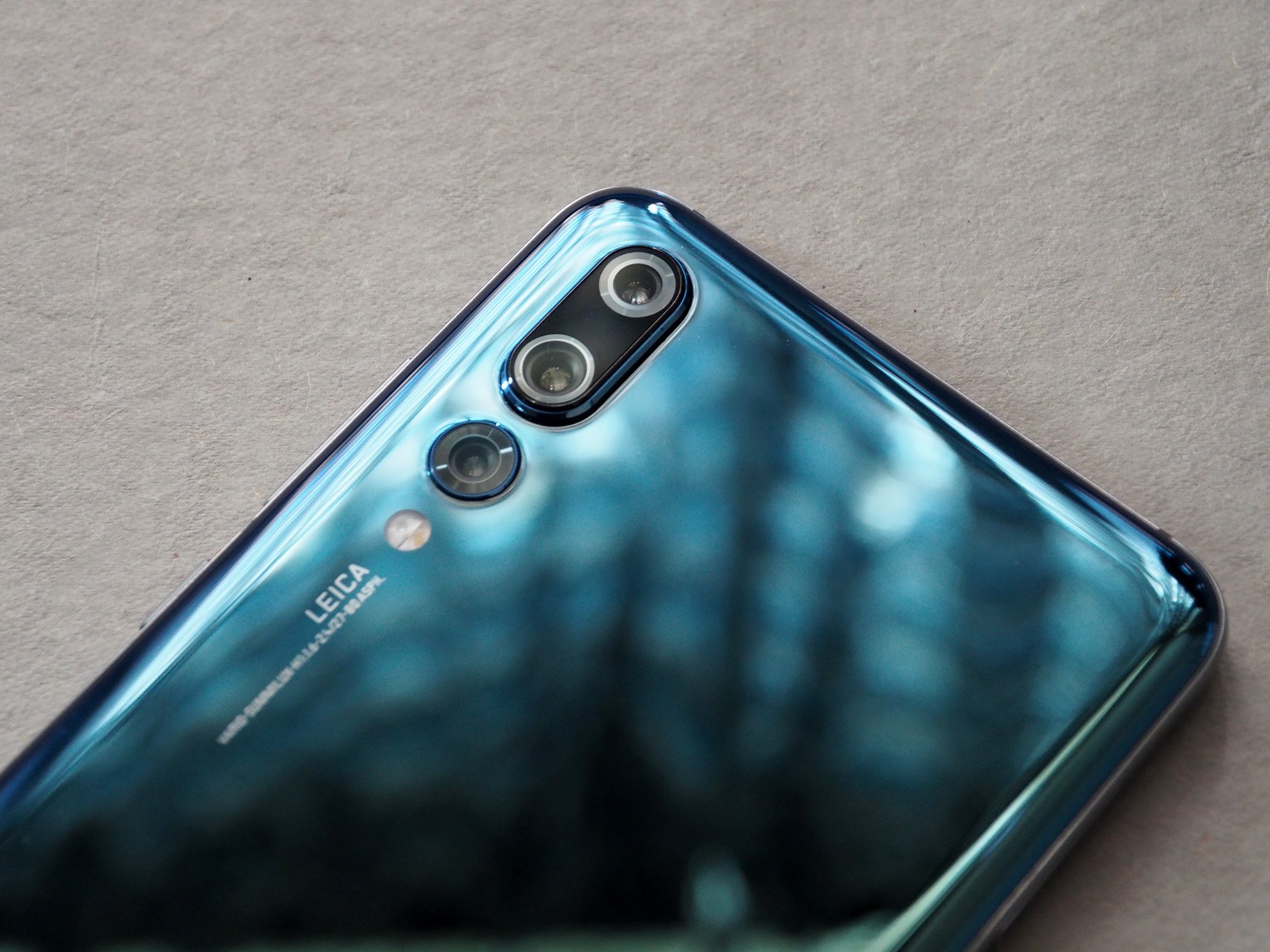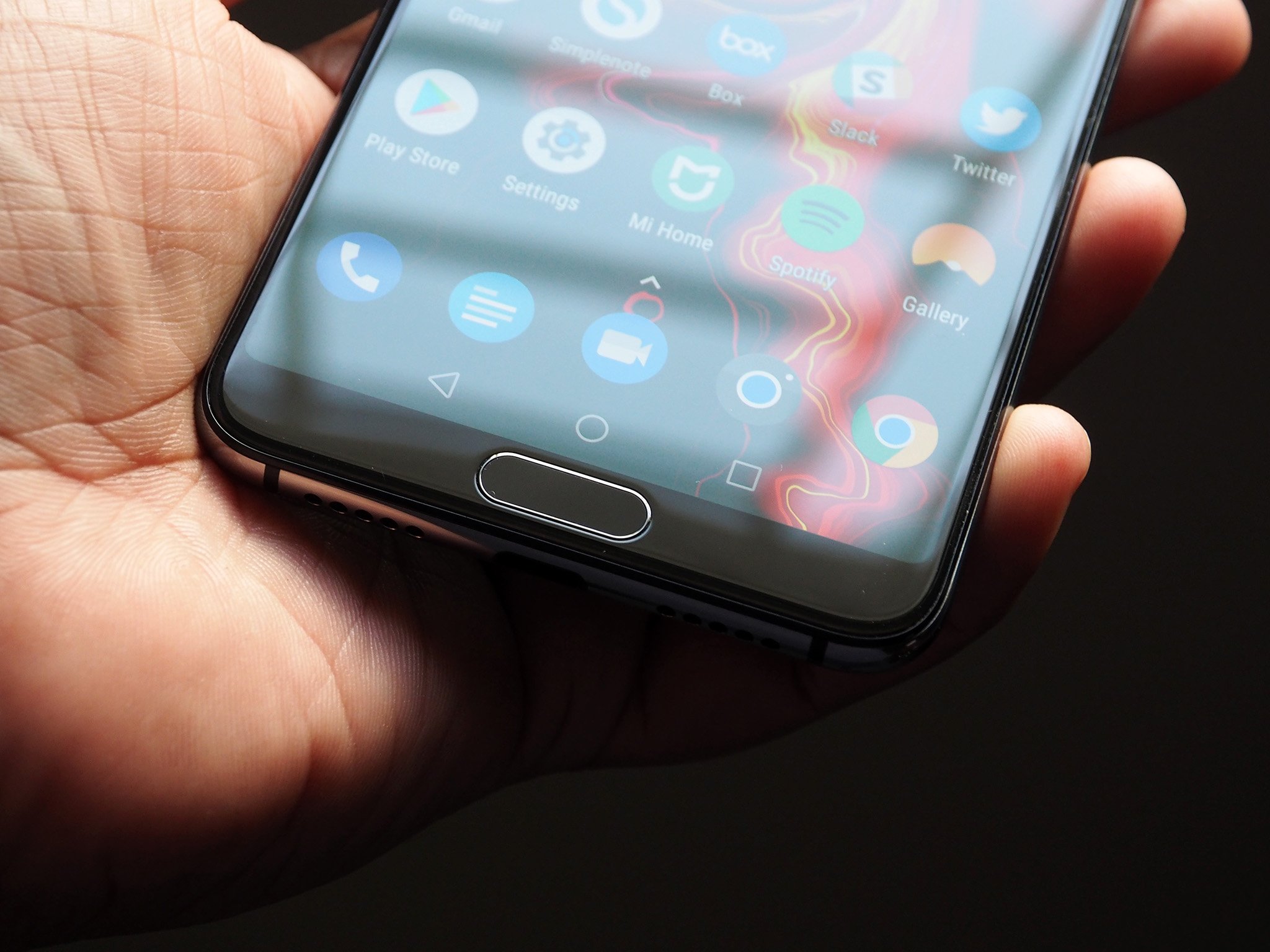Huawei's P20 Pro offers an incredible camera and all-day battery life.
Starting last year, I decided not to take a dedicated camera with me when going on vacation. I relied on compact shooters like the Sony RX100 in the past, but with smartphone cameras getting significantly better over the course of the last two years, I decided to use my phone primarily for taking photos while traveling.
The Galaxy Note 8 served me very well in Thailand last year, and over the last week I've been using the Huawei P20 Pro in Dubai. The city has plenty of sights to offer, from the soaring Burj Khalifa to the towering dunes of the Arabian Desert.
I decided to go with the P20 Pro in lieu of the Galaxy S9+ as the former has much better battery life, and I was also keen on trying out the 40MP primary camera and the new night mode. Here's what I learned traveling with the Huawei P20 Pro.
The camera is fantastic
The Huawei P20 Pro is the first phone to feature three imaging sensors, totaling 68MP: the 40MP primary camera is joined by a 20MP monochrome sensor, and an 8MP telephoto lens with 3x lossless zoom.
As you'd imagine, the phone offers one of the best smartphone camera experiences available today, with the primary camera consistently able to produce outstanding images.
The phone's party trick is its night mode, which uses pixel binning and Huawei's AI wizardry to layer shots with varying exposures taken over four seconds into a single image. The result is that the low-light shots from the P20 Pro are the best you'll find on a phone today.
Shooting with the P20 Pro isn't as effortless as the Pixel 2 as there are several modes available, but for the most part the AI does a decent job of picking out the right mode for the scene. The upside is that you get much better images — particularly in low-light conditions with night mode — than the likes of the Pixel 2 or the Galaxy S9.
... But the AI is still finicky at times
One of the core tenets of the camera experience on the P20 Pro is an AI feature that automatically changes the shooting mode based on the subject in focus. If you're trying to take a photo at night, it automatically switches to night mode. Similarly, if you're trying to take a photo of a person, it switches to portrait mode to create a background blur effect.
While the AI worked incredibly well most of the time, there were a few scenarios where it failed to accurately register a scene. There were also issues with oversaturation in a few shooting modes like Blue Sky, where the algorithm just rendered a blue hue over most parts of the image.
You'll easily get all-day battery life
Nothing takes a toll on a phone's battery more than travel, but I consistently got a day's worth of usage from the P20 Pro, averaging over three hours of screen-on-time spread out across 19 hours or more. I took around 300 photos on average daily, and had data roaming enabled throughout the journey.
I never had to worry about the phone running out of charge, but I enabled power-saving mode on one occasion to limit background data usage. Huawei's fast charging standard is great as well, with the phone charging up to 60% in just under an hour.
The display holds up under harsh sunlight
The Arabian Desert turned out to be the ideal proving ground for testing the P20 Pro's screen, and thankfully I had no issues reading the contents on the display under intense heat. The screen offers vibrant colors and excellent contrast levels, and in general posed zero issues.
That said, I'm still not sold on the idea of the notch. It's irritating, and I don't really understand the reasoning for its existence on the P20 Pro, particularly considering the phone has a sizeable bezel at the bottom that houses the fingerprint sensor.
It takes a while to get used to the fingerprint sensor
Most phones have switched to rear-mounted fingerprint sensors, but the P20 Pro still has a home button up front with an embedded sensor. The sensor itself is one of the fastest I've used on a phone, but I still prefer a rear fingerprint module — and that would've freed up real estate at the front.
Furthermore, I got used to swiping down on the fingerprint sensor to pull down the notification shade, which isn't possible on the P20 Pro. It's a minor quibble, but a rear fingerprint sensor would have made more sense on this particular device.
Overall, I'm glad I went with the P20 Pro: the camera is outstanding, the 4000mAh battery easily delivers a day's worth of charge, and the AMOLED panel is one of the best available today.
from Android Central - Android Forums, News, Reviews, Help and Android Wallpapers



































0 comments: